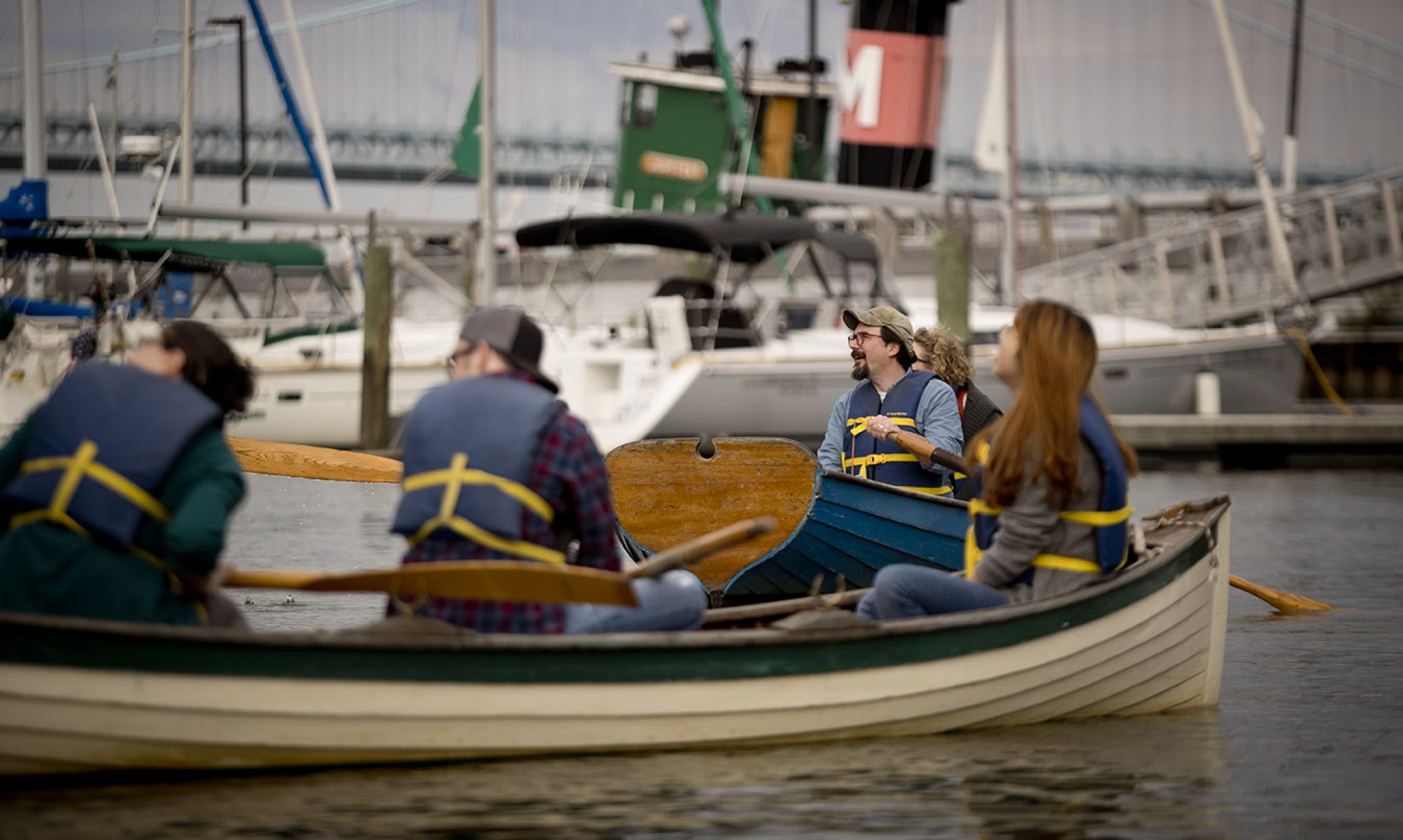Ken Burns has done it again. His latest series, The National Parks: America’s Best Idea, has bloggers abuzz with paeans to Steven Mather, Shelton Johnson, and other unsung heroes of our national park system. And, like any Burns docudrama, The National Parks will surely agitate a few historians. In this rich visual dreamscape, political and social discord melts away into the soothing hum of acoustic Americana. And although the parks are certainly a great idea, I’ve heard colleagues quip about the possibility that, say, universal suffrage was pretty good too.
Criticism aside, there is an important lesson in Burns’s latest success for historians working in museums and historic sites. Burns shows us that people—at least the people in his audience—may be as interested in how places like national parks get made as they are in visiting those places on summer vacations. He’s certainly not the first to tell these stories. The National Park Service has been churning out histories of its various units—“administrative histories” in bureau parlance—for a very long time. And although administrative historians don’t deliver dramatic monologues in The National Parks, their work is evident throughout. It is also available free of charge and cinematic mediation at www.nps.gov/history/history.
Burns’s latest project does, however, point to (and may be creating) a public audience for administrative history. And if Amazon.com’s sales rankings for the DVD and soundtrack are any indication, that audience has money to spare. This is good news for museums and historic sites at a time when they need it most. Interpreting institutional history can put a fresh spin on old history. The National Park Service has tried it at several sites, including in Brookline, MA where Rose Kennedy’s careful crafting of her son’s story is a key theme at the JFK National Historic Site. Closer to home, Eastern State Penitentiary delights with the shear heft of its institutional history. Cliveden of the National Trust recently made headlines for discussing how history is made there. And we can only hope that the nascent President’s House memorial on Independence Mall will help us understand the controversies that have already gathered in its short shadow.
Pulling back the curtain at these sites demonstrates just how contested our public memory can be. That’s an important story for all of us to hear. In it we find an empowering message about the ability of ordinary individuals to shape the past. But there’s a cautionary tale here too, a reminder that we’re all responsible for being careful consumers of history. In that regard, although Burns’s nationalist hyperbole may not be the best idea in history, The National Parks suggests new possibilities for museums unafraid to look in the mirror.
